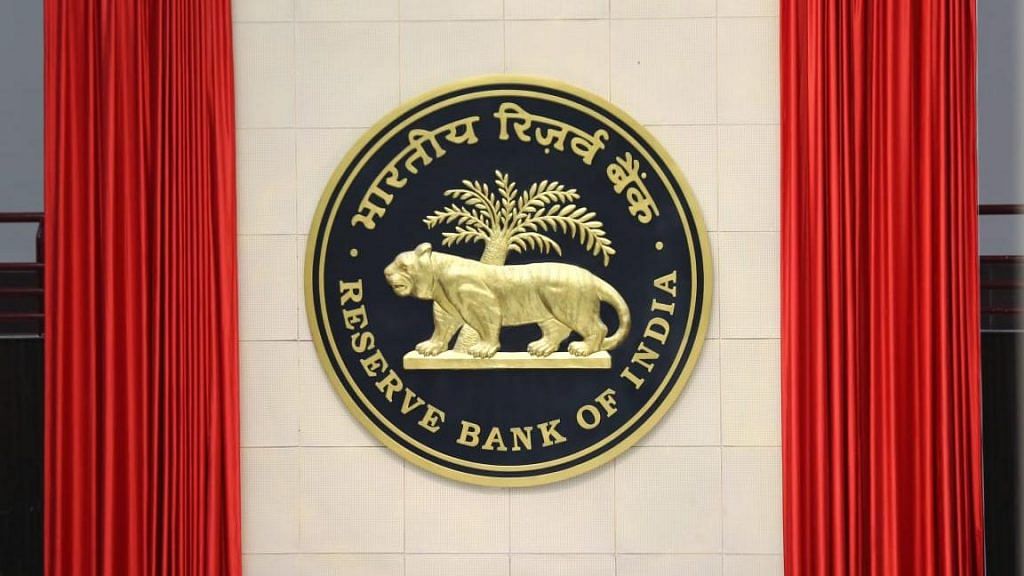From Federal Reserve to RBI, central banks are under political pressure
Over the past few months many central banks across the world have come under threat from politics, leading to undermining of their independence. The most prominent cases have been in the US, Turkey and India.
Rise of elected populist leaders and flailing economies are pushing the political establishments to reduce the autonomy given to central banks. In essence, politicians are telling the central banks: ‘Direct the monetary policy towards improving the economy, or else’.
ThePrint takes a look at what is the significance of the independence of central banks and why it is under increasing political threat now.
History of central bank autonomy
Central banks didn’t always have the independence they enjoy today. The origin of their independence can be traced back to England’s Bank Charter Act of 1844. The parliamentary Act gave the Bank of England the power to control the country’s money supply.
But it would take another 130 years for the independence of central banks to become a world-wide phenomenon. Until 1970s, most countries had extremely politicised central banks, which only fulfilled the wishes of the political leadership.
Reckless decision-making through the 1970s led to massive inflation across several countries. Consequently, starting in 1980s, several countries gave their central banks the necessary autonomy to run the country’s monetary policy.
“Having proved effective in many countries starting in the 1980s, central-bank independence became a mantra for policymakers in the 1990s,” writes Raghuram Rajan, former governor of Reserve Bank of India.
Also read: Undermining autonomy of RBI is the opposite of Modi’s promise of good governance
Why does central bank independence matter?
Independence of central banks is essentially a tacit bargain between giving up political power and a stable monetary policy.
“In theory, central-bank independence means that monetary policymakers have the freedom to make unpopular but necessary decisions, particularly when it comes to combating inflation and financial excesses, because they do not have to stand for election,” says Rajan.
“This arrangement gives investors more confidence in a country’s monetary and financial stability, and they will reward it (and its political establishment) by accepting lower interest rates for its debt. In theory, the country thus will live happily ever after, with low inflation and financial-sector stability,” Rajan adds.
What’s changed now?
There are broadly two developments that are leading the political attacks on central banks’ autonomy.
First, the rise of populist leaders has led to the rise of feelings of anti-elitism and anti-intellectualism. Central bankers are prominent symbols of that elite group. They are unelected economists, who are believed to be completely disconnected with people’s realities and working towards welfare of only big corporates and markets. This partially explains US President Donald Trump’s attacks on the Federal Reserve.
Second, many believe that monetary policy can single-handedly reverse an economic slowdown by pushing out cheap and easy money. But economists argue that while a “loose and counter-cyclical” monetary policy can provide soothing effect, but it can’t arrest a slowdown, which is caused by structural factors. This is increasingly the case both in India and Turkey.
Also read: Give a little, take a little will be key to Shaktikanta Das’ success as RBI governor
